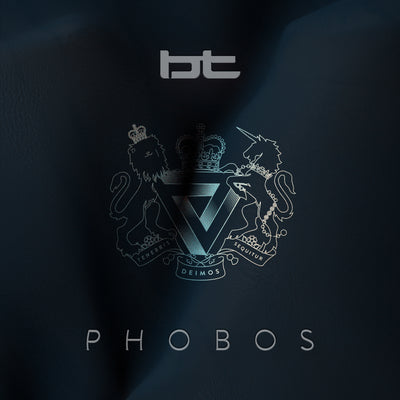
The polyconvolution synthesiser
Phobos is a must-have synthesiser for composers writing epic, cinematic electronic and hybrid compositions. Conceived by renowned composer and electronic music pioneer BT (The Fast and The Furious, Monster, Lara Croft: Tomb Raider), we’ve together developed a powerful new device to add a unique timbral expansion to your compositions by unlocking the liquid, morphing and transforming capabilities of convolution.
With an asset base featuring over 20GB of unique hand built BT rhythms, pulses, textures and atmospheres, and a revolutionary polyconvolver engine, you can quickly and easily create molecular loops, patterns and textures to energise your music and hold your audience at the edge of their seats.
- You can buy now and download any time
Listen to BT Phobos
Mayhem - Christian Henson
Mayhem - Christian Henson
Mayhem - Christian Henson
Outer Voice - Homay Schmitz
Outer Voice - Homay Schmitz
The Fallen - Oliver Patrice Weder
The Fallen - Oliver Patrice Weder
Lost In Solitude - Harnek Mudhar
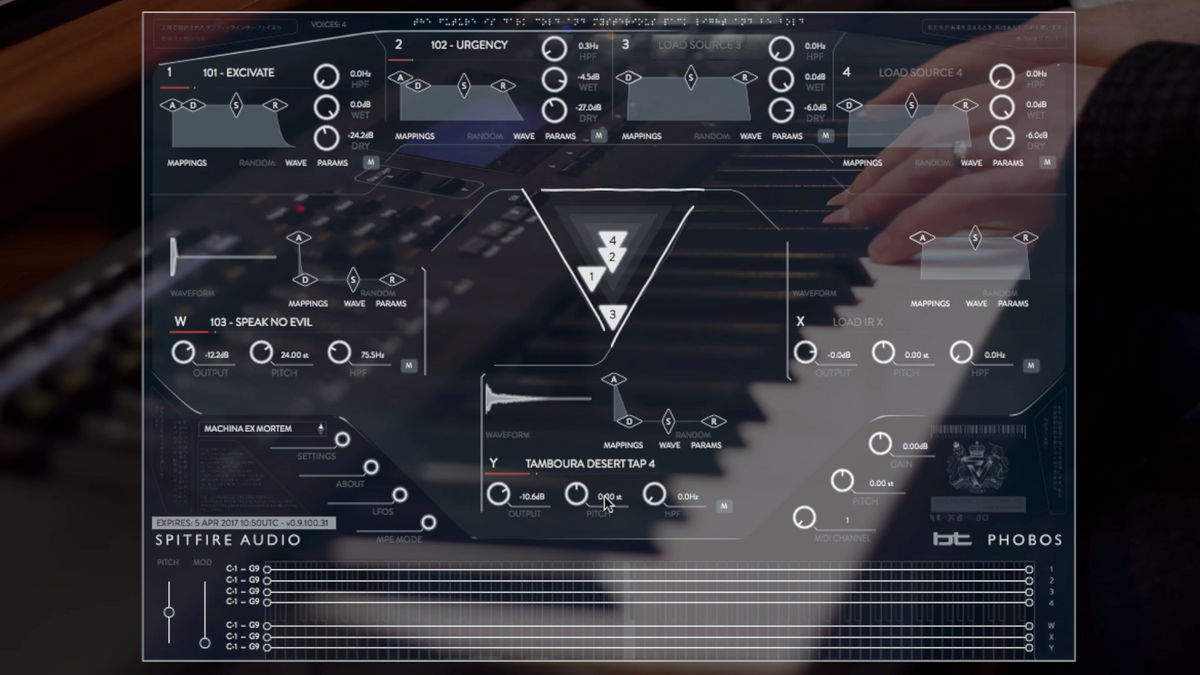
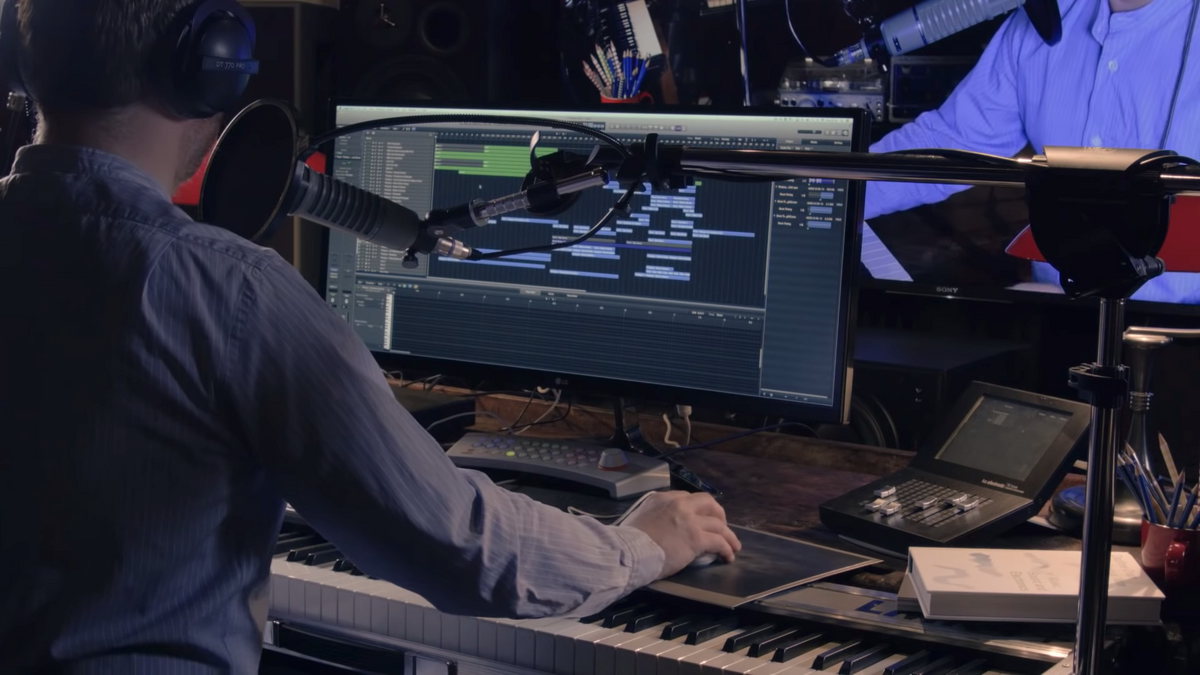
In Action
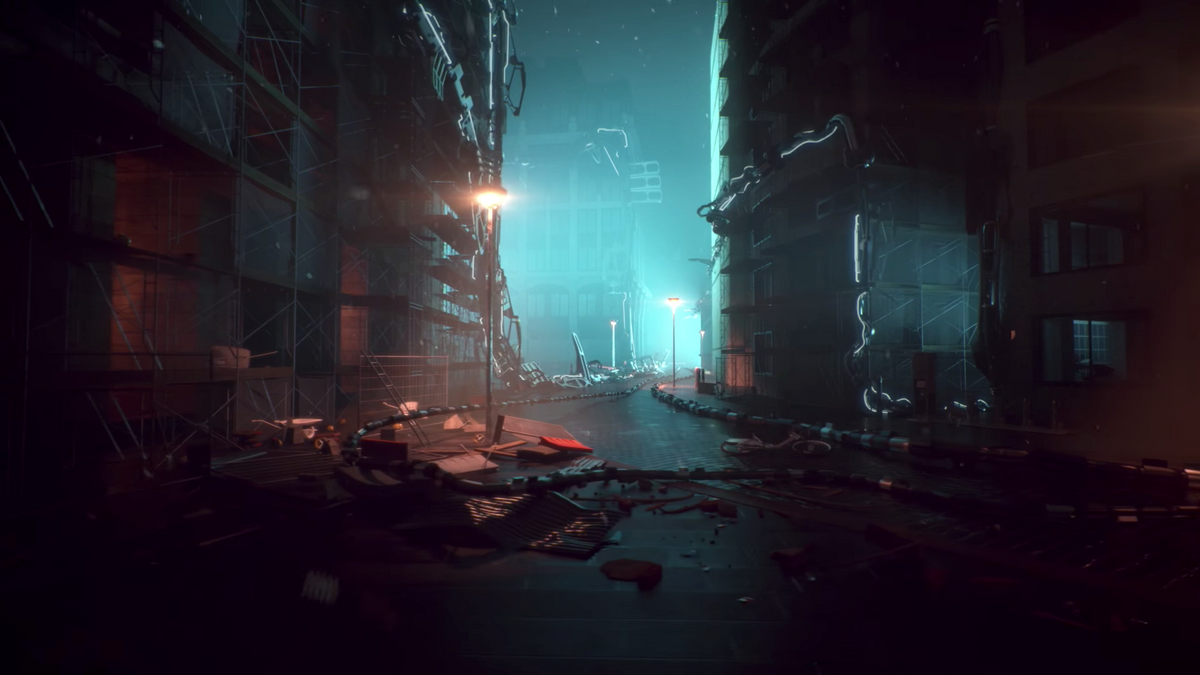
Behind BT Phobos
Overview
Producer, composer, and artist, BT has done it all — from pioneering dance tracks and scoring The Fast and the Furious, to writing & producing for Sting, Peter Gabriel and David Bowie. Together with Spitfire Audio, BT has combined over 20GB of his own personal bespoke libraries into a convolution synthesis engine that allows you to sculpt, filter, rhythmically cut and pulse impulse responses that are tonal, melodic and harmonic. Most importantly, you can play them polyphonically.
This synthesizer, sound engine and bespoke library package represents years of diligent searching for new awe-inspiring sounds and sound design techniques. If you, like BT, are looking for a new wave of inspiration for evocative, emotional, expressive and original compositions, this is the well of endless inspiration you need.
One of the greatest solutions Phobos provides is for composers wanting to engage their audiences in extended sequences and cues without things sounding repetitive or ‘loopy'. Phobos allows for an all new real-time interface interaction that allows the user to evolve, warp and transform their molecular patterns according to nuanced changes within a scene.
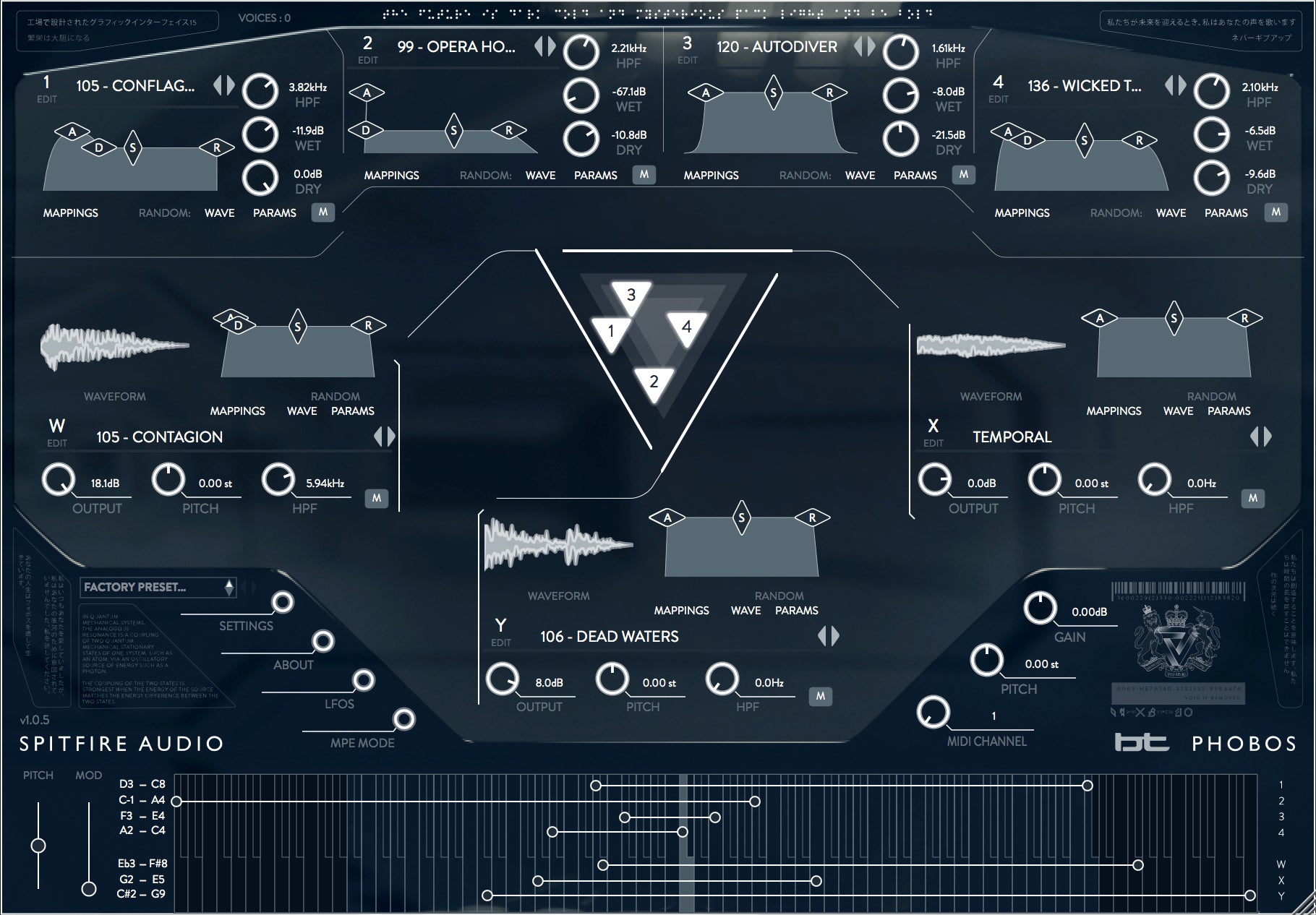
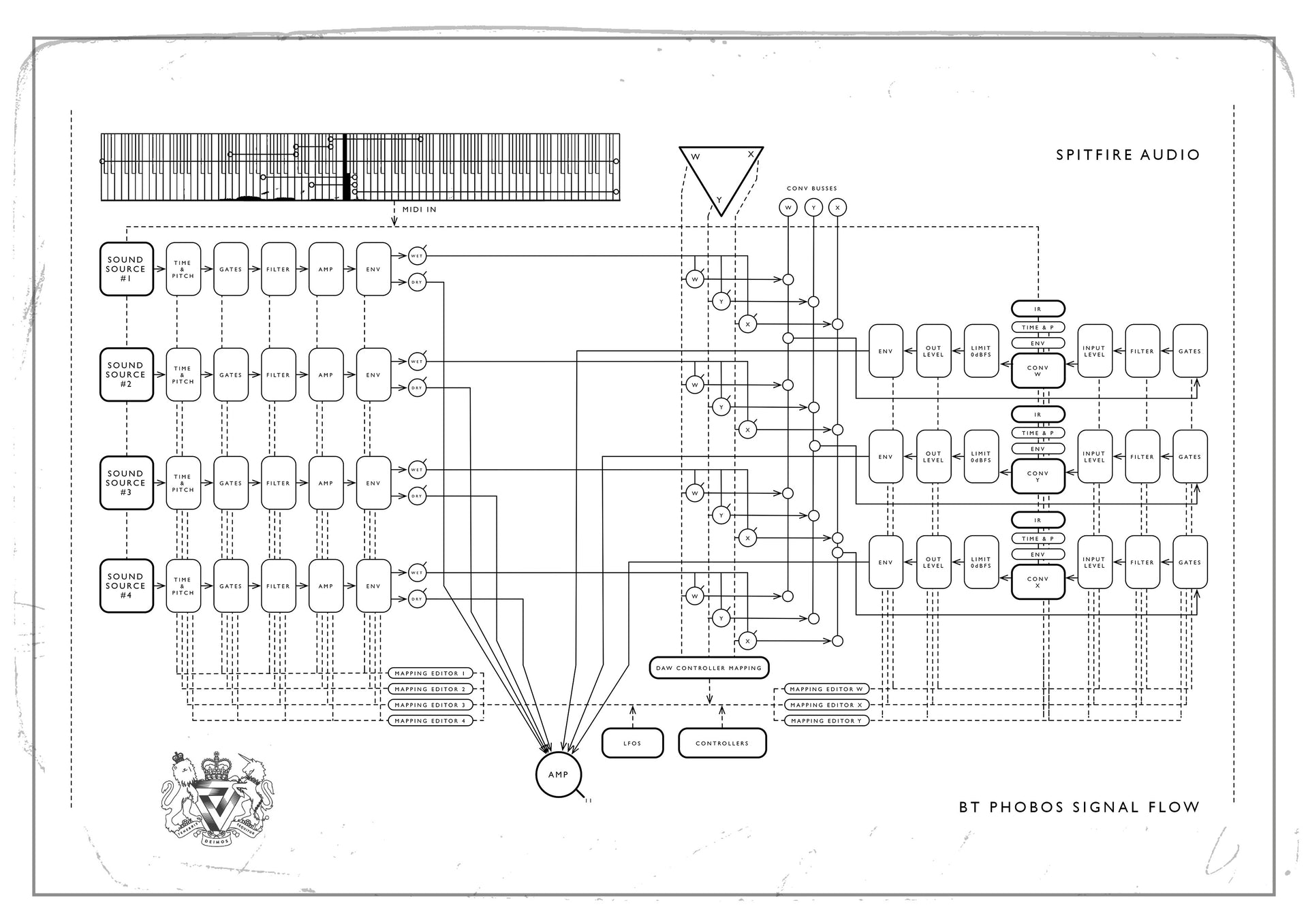
Background
What is Phobos? One of Mars’ moons? A synthesizer? A tool for creating massive cinematic and electronic rhythms? An engine for endless spectral combinations of wide, lush pads and ambiences with propulsive rhythmic figures? Is it a sound library of bespoke percussion, beats, micro rhythms, field recordings, live acoustic and orchestral treatments, textures and a massive vintage synthesizer collection? That is just scratching the surface.
At its core, Phobos is a synthesizer based on the unexplored precept of polyconvolution as a synthesis engine. BT came up with this idea many years ago doing sound design. What does that mean exactly? Polyconvolution as a synthesizer? Well, it means instead of using convolution for reverb or modeling an amplifier's distortion circuit, why not make a “reverb” impulse response tonal?
Combining something rhythmic with something tonal (as an impulse response) yielded some of the most modern, liquid and percolating ambiences and textures BT had ever heard. These are the kinds of sounds he has been searching for whilst scoring; those elusive sounds where the director asks for movement and drive, both subtle and massive.
Features
- Revolutionary polyconvolution synthesizer, across 3 separate convolvers
- Contains more than 2000 unique sounds, created by BT, that can be used both as a source or as an impulse response
- Over 650 presets showcasing the possibilities of Phobos
- Plugin that loads directly into any DAW that supports VST / VST3 / AU / AAX.
- IRs in Convolvers are polyphonic, track pitch played and render in realtime
- Loops as sound source / or as IR track host tempo
- MPE Compatible (for use with multidimensional controllers such as ROLI Rise or Roger Linn Linnstrument)
- Dedicated Gate Stages and Filters on each sounds source / convolver unit
- All controllers mappable to controller and / or multiple LFOs
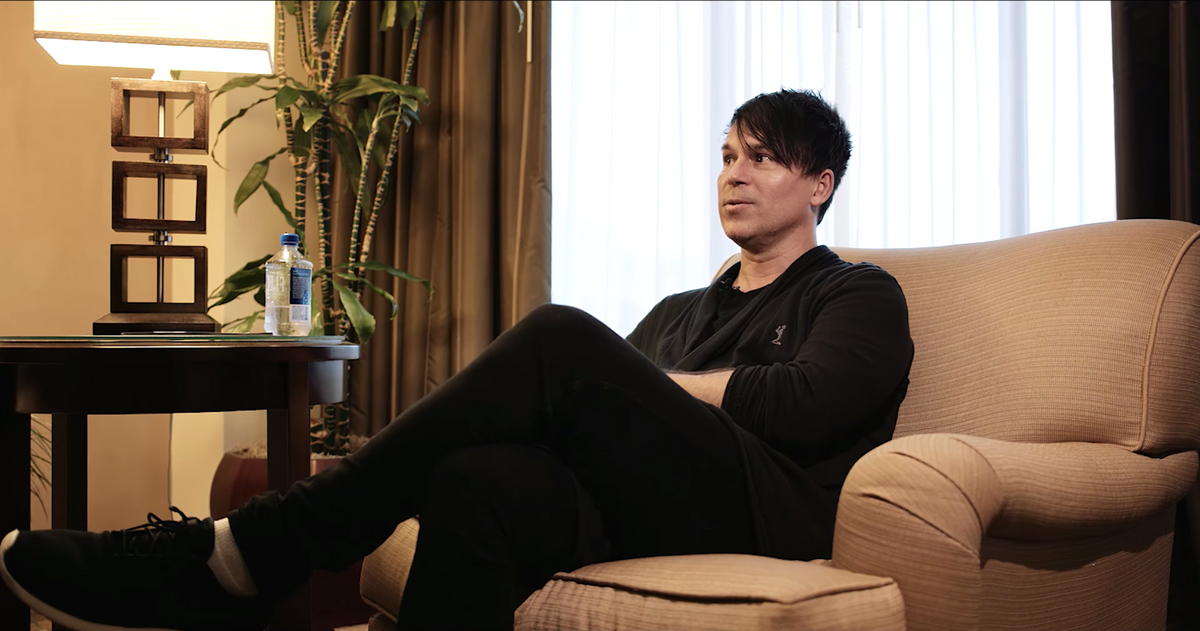
BT: Full Phobos Interview
Browser panels
Phobos challenges the convention of loops, tones and how they are used in convolution. Which is why when clicking on the name of any of the sound sources OR any of the convolvers, you will be greeted with exactly the same browser.
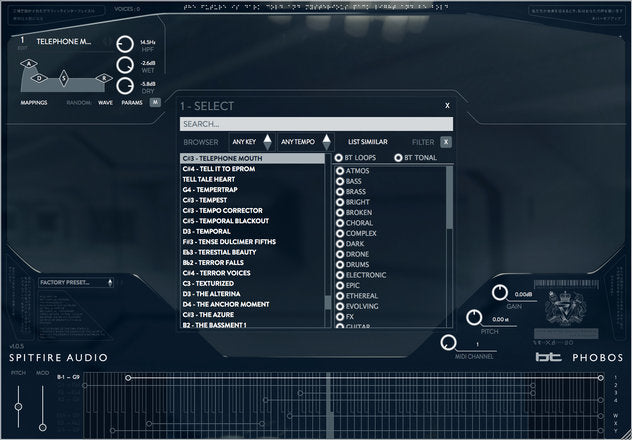
Mappings
The ability to automate many of the fantastic and unique controllers is central to the vision of Phobos, which is why modulation mappings - the way in which functions are mapped and then ‘modulated’ (or changed) in realtime or automated via controllers - are key to many of our presets, and are applied both to Source/Convolver.
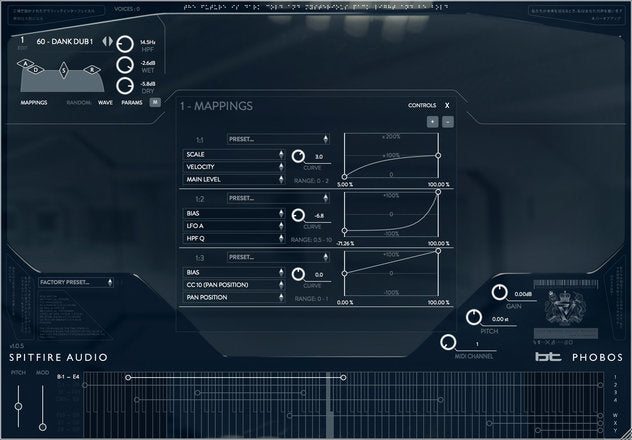
Sound source advanced controls
A set of controls to further adapt each Source such as ADSR, start offset, filters and gates.
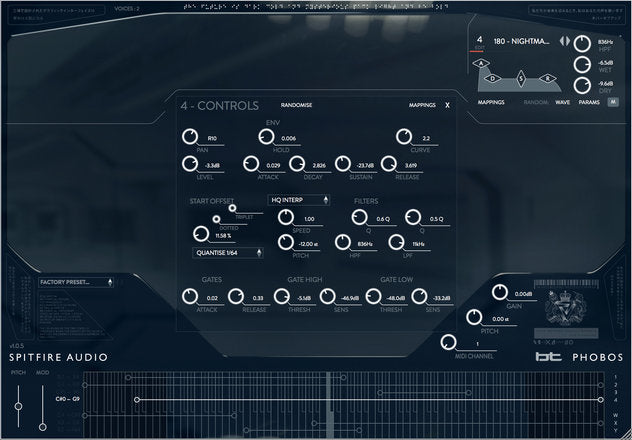
Convolution advanced controls
A set of controls to further adapt each Convolver and its impulse response. This is very similar to the controls for the sources and provides all the same functionality for the convolvers.
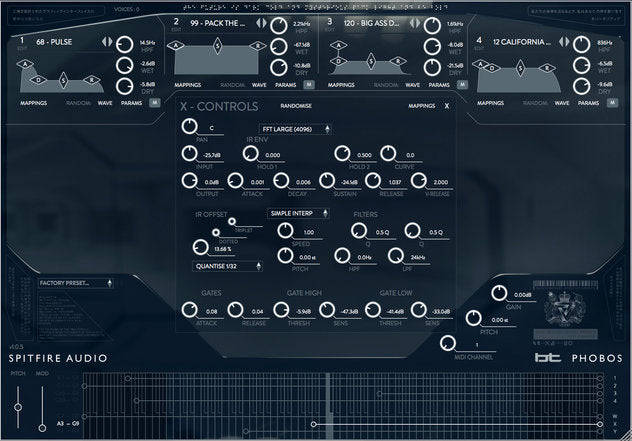
LFO controls
Controls for the LFOs. There are four independently configurable LFOs that can be used to control your parameters by selecting them in mappings.
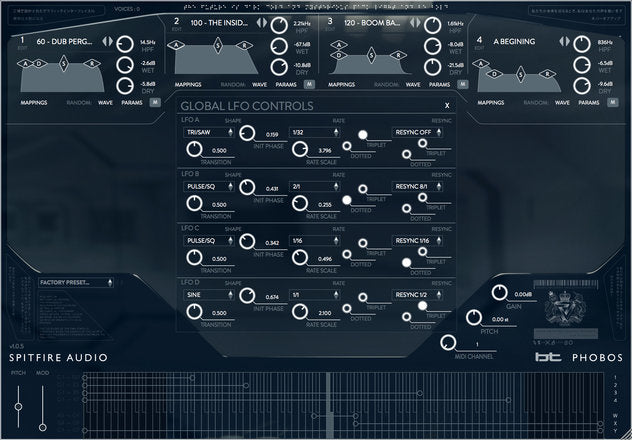
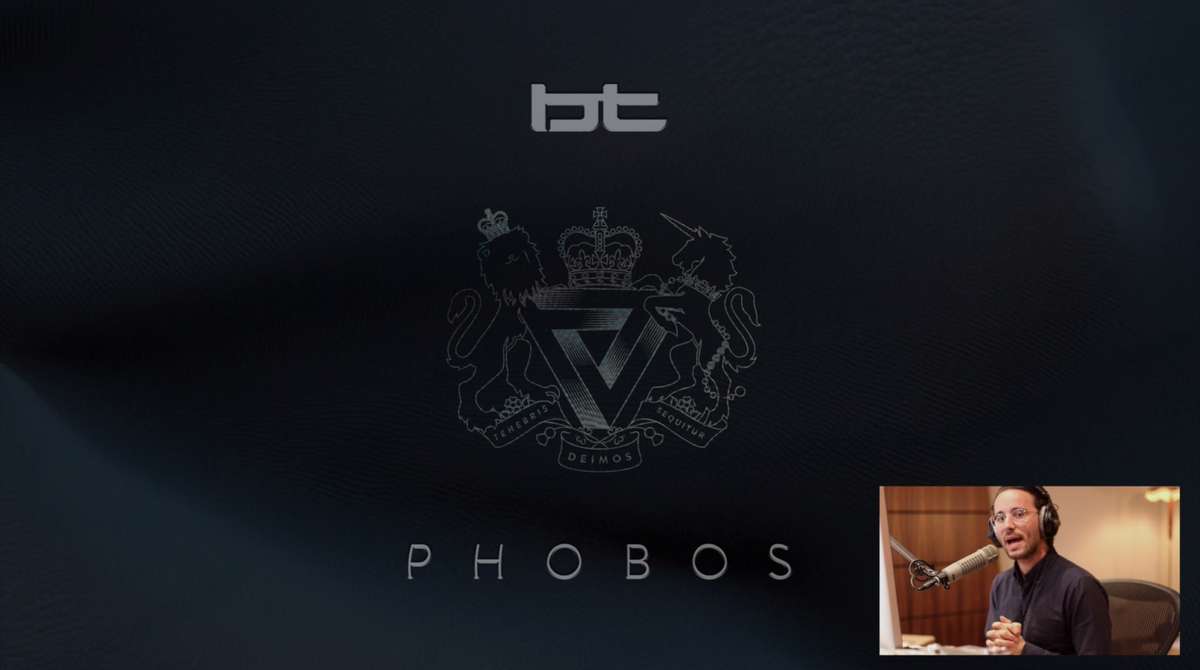
In Action
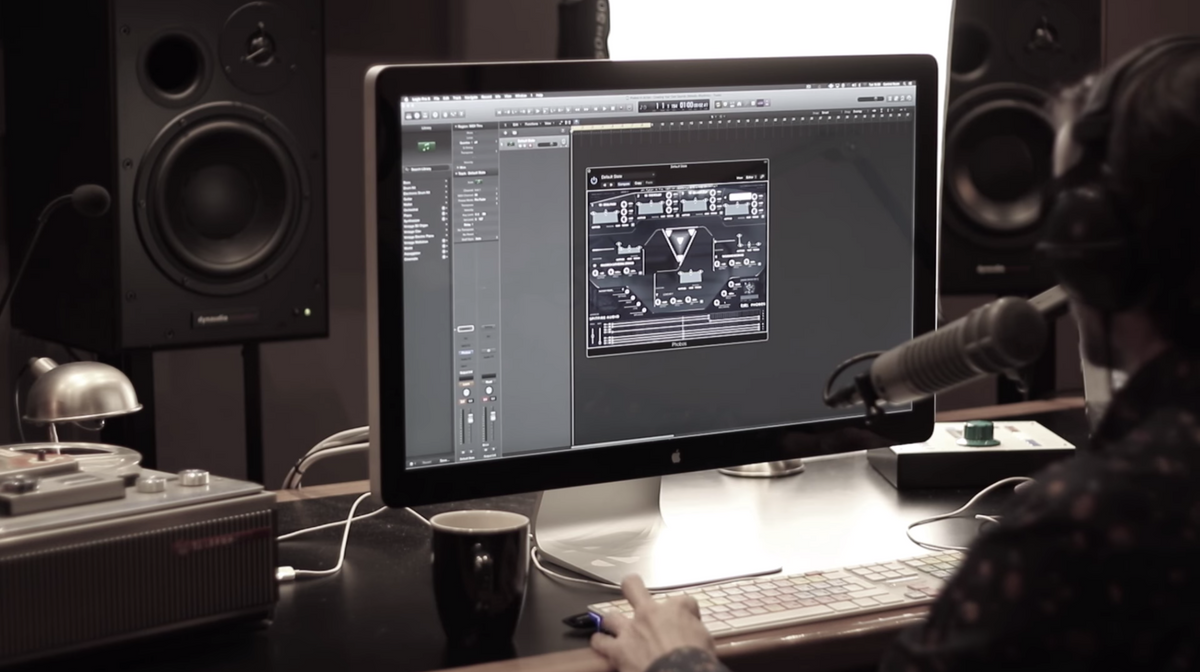
Creating Sounds — Hybrid Melodic-Rhythmic
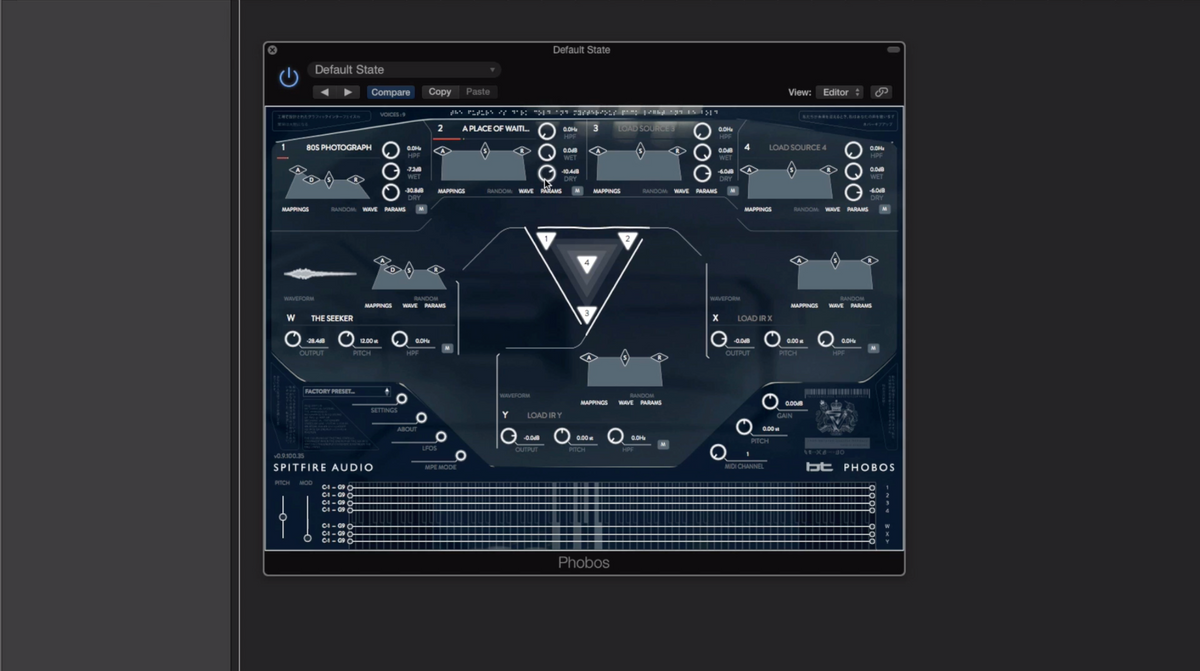
Creating Sounds — Harmonic & Melodic
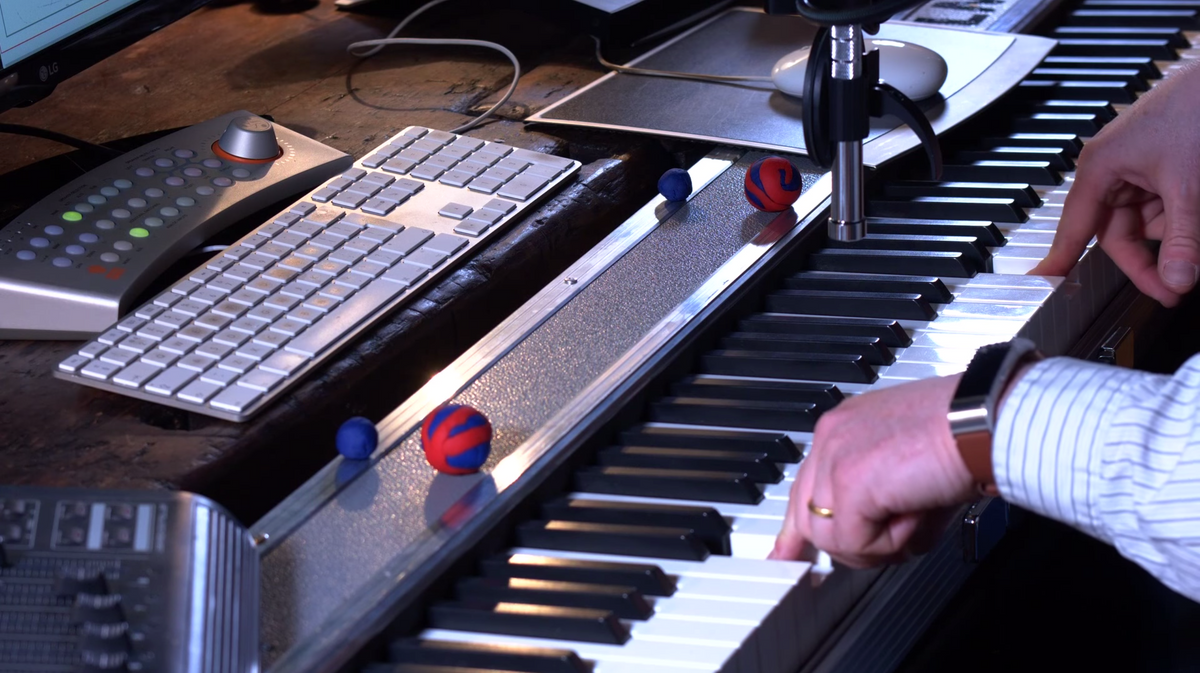
What Is Convolution, Polyconvolution and How Does BT Phobos Work?
Reviews
FAQs
Can I use my own Samples/Loops in Phobos?
No, Phobos is restricted to the loops and samples that BT has created specially for this product.
What is Convolution?
In mathematical terms it is used to refer to on operation on two functions producing a third function. In audio, convolution is usually mentioned in reference to an impulse response taken from a physical space, applied to a sound in order to simulate the reverb characteristics from that space. In Phobos, we convolve one sound with one or more others to produce totally new sounds.